Recently, MEDLATEC General Hospital admitted Ms. LTH (62 years old) for examination due to prolonged shoulder pain. The patient said that at home she often farmed, cooked, did laundry and performed many daily activities.
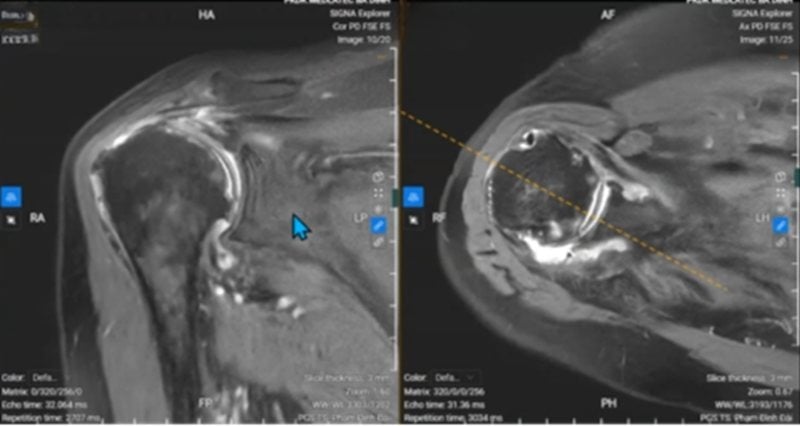 |
| Patient injury. |
Through clinical examination, Ms. H. was initially diagnosed with periarthritis of the shoulder, with stiffness, difficulty in moving most movements, and many painful points around the joint when pressed. To accurately assess the extent of the damage, the doctor ordered a magnetic resonance imaging (MRI).
The results showed that the patient's shoulder joint had many serious injuries: severe degeneration, complete loss of the humeral head cartilage system, near joint adhesion, glenoid rim cartilage detachment, shoulder joint fluid collection and shoulder joint degeneration.
Immediately after that, Ms. H. was prescribed anti-inflammatory injections, shoulder capsule debonding, and platelet-rich plasma (PRP) injections to prevent recurrence. The patient was also advised to practice rehabilitation (avoid shoulder rotation movements), and was treated with oral medication and joint injections.
According to Master, Doctor Trinh Thi Nga, Head of the Department of Musculoskeletal, MEDLATEC Healthcare System, periarthritis of the shoulder is a common disease in both young and elderly people. In particular, the elderly group is at higher risk because the shoulder joint has undergone the aging process, degeneration of tendons, ligaments and joint capsule, causing reduced elasticity and load-bearing capacity.
When performing repetitive arm swinging and shoulder rotation movements or vigorous exercise without proper technique and adequate rest time (such as playing tennis, pickleball, badminton...), the structures around the joints are susceptible to microscopic damage, leading to inflammation and muscle tendon tears, causing pain and limited mobility for the patient.
In addition, the disease is also common in people who have to maintain the same posture for a long time such as office workers, tailors, drivers, farmers..., or in people who have had shoulder or neck injuries, or have metabolic diseases such as diabetes.
Periarthritis of the shoulder often progresses silently and is difficult to detect clearly, especially in the early stages. When the disease manifests clearly, the patient often has symptoms such as dull pain in the shoulder area, pain that increases when moving or at night; stiff shoulder joints, difficulty raising the arm high, difficulty combing hair or putting on clothes; pain spreading down the arm or up to the trapezius muscle area, shoulder blade; feeling of weakness in the shoulder area, even mild swelling and muscle spasm.
Russian doctors warn that although periarthritis of the shoulder is not life-threatening, if not treated properly it can cause prolonged pain, limited mobility, shoulder muscle atrophy or adhesive capsulitis, leading to partial or complete loss of mobility if not treated promptly.
According to Russian doctors, periarthritis of the shoulder is a clinical diagnosis, based on medical history and physical examination. Paraclinical means play a role in determining the damage and helping to choose the appropriate treatment method, making the prognosis more accurate.
Commonly used methods include X-ray, ultrasound and magnetic resonance imaging (MRI). Of these, MRI is the most valuable technique, helping to comprehensively assess soft tissue damage around the joint and internal structures of the shoulder joint.
Treatment of periarthritis of the shoulder depends on the extent of the damage. In the case of simple periarthritis of the shoulder, medical treatment combined with pain relievers and anti-inflammatory drugs and physical therapy exercises often brings good results.
However, if there is a combined injury, rehabilitation alone will not be enough, but more intensive measures such as anti-inflammatory injections, shoulder capsule debonding injections, platelet-rich plasma (PRP) injections, or even surgery in severe cases that do not respond well to medical treatment are needed.
Russian doctors recommend that when symptoms of pain or limited shoulder movement appear, patients should promptly go to a medical facility with a Musculoskeletal specialist for examination and accurate diagnosis, timely treatment, and avoid self-treatment or improper massage leading to dangerous complications, seriously affecting mobility and quality of life.
Source: https://baodautu.vn/dau-vai-keo-dai-nguoi-phu-nu-di-kham-phat-hien-loat-ton-thuong-nghiem-trong-d423504.html



![[Photo] Flooding on the right side of the gate, entrance to Hue Citadel](https://vphoto.vietnam.vn/thumb/1200x675/vietnam/resource/IMAGE/2025/10/28/1761660788143_ndo_br_gen-h-z7165069467254-74c71c36d0cb396744b678cec80552f0-2-jpg.webp)
![[Photo] Draft documents of the 14th Party Congress reach people at the Commune Cultural Post Offices](https://vphoto.vietnam.vn/thumb/1200x675/vietnam/resource/IMAGE/2025/10/28/1761642182616_du-thao-tai-tinh-hung-yen-4070-5235-jpg.webp)

![[Photo] National Assembly Chairman Tran Thanh Man received a delegation of the Social Democratic Party of Germany](https://vphoto.vietnam.vn/thumb/1200x675/vietnam/resource/IMAGE/2025/10/28/1761652150406_ndo_br_cover-3345-jpg.webp)

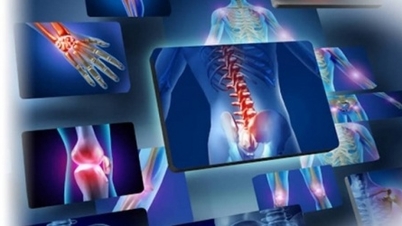
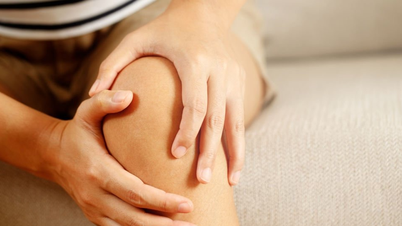










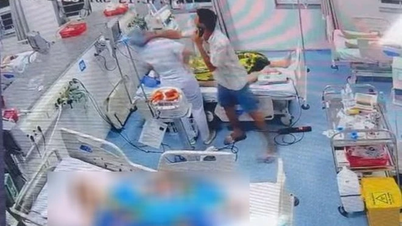

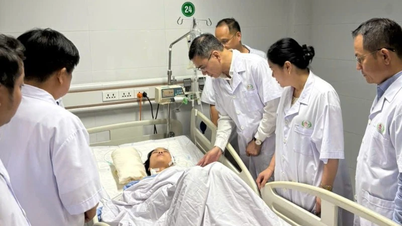

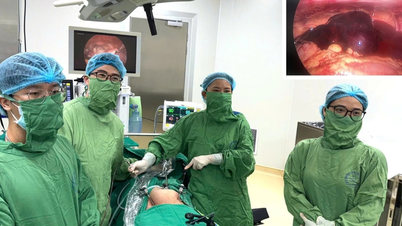
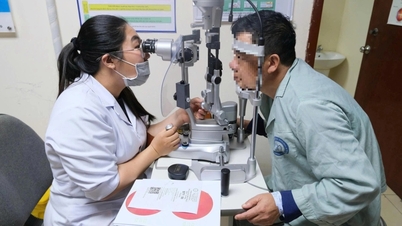










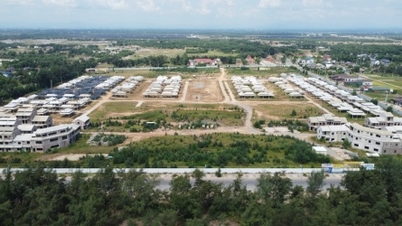


![[Photo] President Luong Cuong attends the 80th Anniversary of the Traditional Day of the Armed Forces of Military Region 3](https://vphoto.vietnam.vn/thumb/1200x675/vietnam/resource/IMAGE/2025/10/28/1761635584312_ndo_br_1-jpg.webp)











































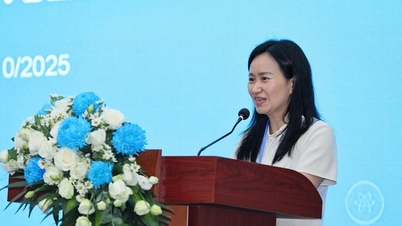











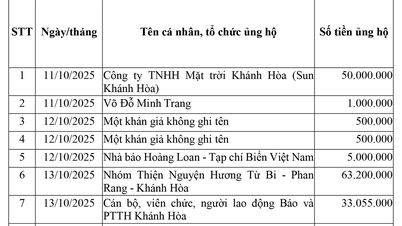


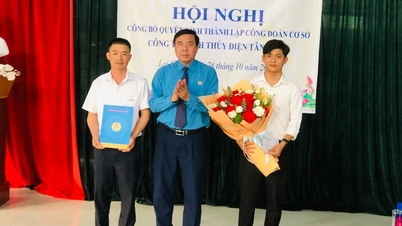

















Comment (0)